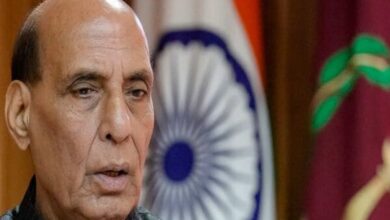Unicorns and Uncertainties. Why do 90% of Indian Startups Fail? Successes, Failures, and Lessons Learned
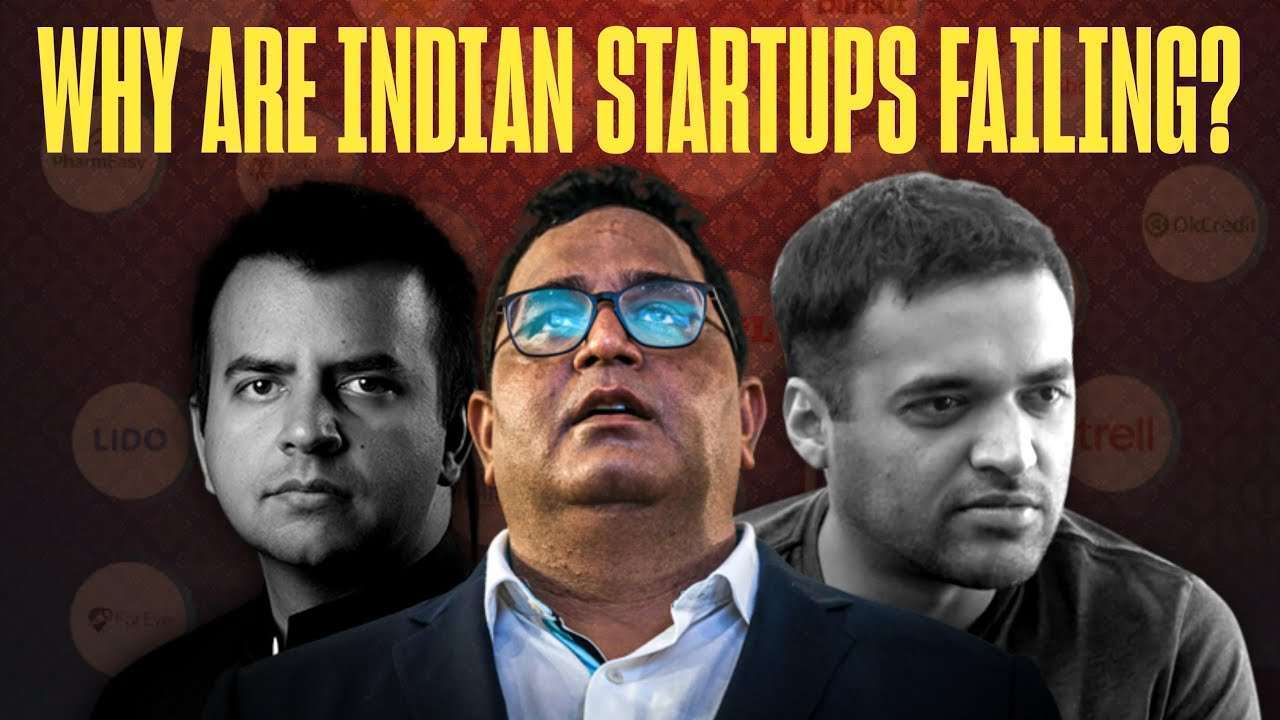
Jugaad Innovations: Why Indian Startups Struggle Despite Creativity?
Many point out how India’s ‘jugaad’ mindset promotes innovation in the field of startups. It is often said, “The Indian startups ecosystem isn’t limited to the metro cities.” “Entrepreneurs have been emerging from small cities and towns”. But this field isn’t all flashy and promising. While India reached a milestone of 100 unicorn startups, around 2,000 Indian startups were shut down. And this shouldn’t be surprising.
A study showed that around 90% of Indian startups fail within 5 years of formation. The startups that manage to reach the milestone of being a ‘unicorn’ struggle to make a profit. Only 15% of Indian unicorns are generating a profit. That’s why it is often seen in headlines like these: What’s the problem here?
Why do most Indian startups fail?
Around a few months ago, the employees at ShareChat received an email from their CEO. Overestimation of Market Size The CEO explained why he had to fire 20% of the workforce. He stated that he had overestimated the market. This is the fundamental problem Indian startups face.
India has a population of 140 crore people. Despite having a large population, how could a startup fall into the trap of overestimating a market?
Here’s how,
Food and Grocery Delivery

In 2021, Zomato earned the tag of a ‘unicorn’. With the help of its IPO, Zomato raised more than INR 10,000 crores ($1.3 billion). However, in January, the chief financial officer of Zomato announced that the company was terminating its operations in 225 Indian cities. He said the company’s performance in these cities wasn’t very encouraging. One might think that Zomato still operates in other 1000 Indian cities. But there’s a catch.
Zomato isn’t profitable in the 800 cities where it operates. Around 60% of Zomato’s revenue comes from the top 8 Indian cities. Just imagine a unicorn like Zomato generates a significant portion of its revenue from only 8 Indian cities. This problem isn’t limited to Zomato.
Let’s take another example.

There’s a company called Country Delight. It’s an online grocery delivery service. Country Delight made a decisive statement when it announced that it aimed to target 1.8 lakh families with an annual household income of INR 7-8 lakh.
According to Country Delight, only this customer group is willing to pay for expensive products.
Why is that the case?
The co-founder of the company said that the company could only make a profit in the metro cities. Isn’t that strange?
Because 80% of Indian groceries are sold in tier-two cities, the catch is people from tier-two cities don’t rely on online grocery delivery platforms but instead on ‘Kirana’ stores. There are nearly 1.1 crore Kirana stores in India. 80 lakhs of these stores are located in tier-two cities in India. This implies that online grocery delivery services face severe competition in tier-two cities. That’s why they operate in tier-one cities they could find customers willing to pay for expensive products and who’d prefer to order online rather than visit a Kirana store.
E-commerce
Let’s take the case of the e-commerce sector. There’s a company called Meesho.
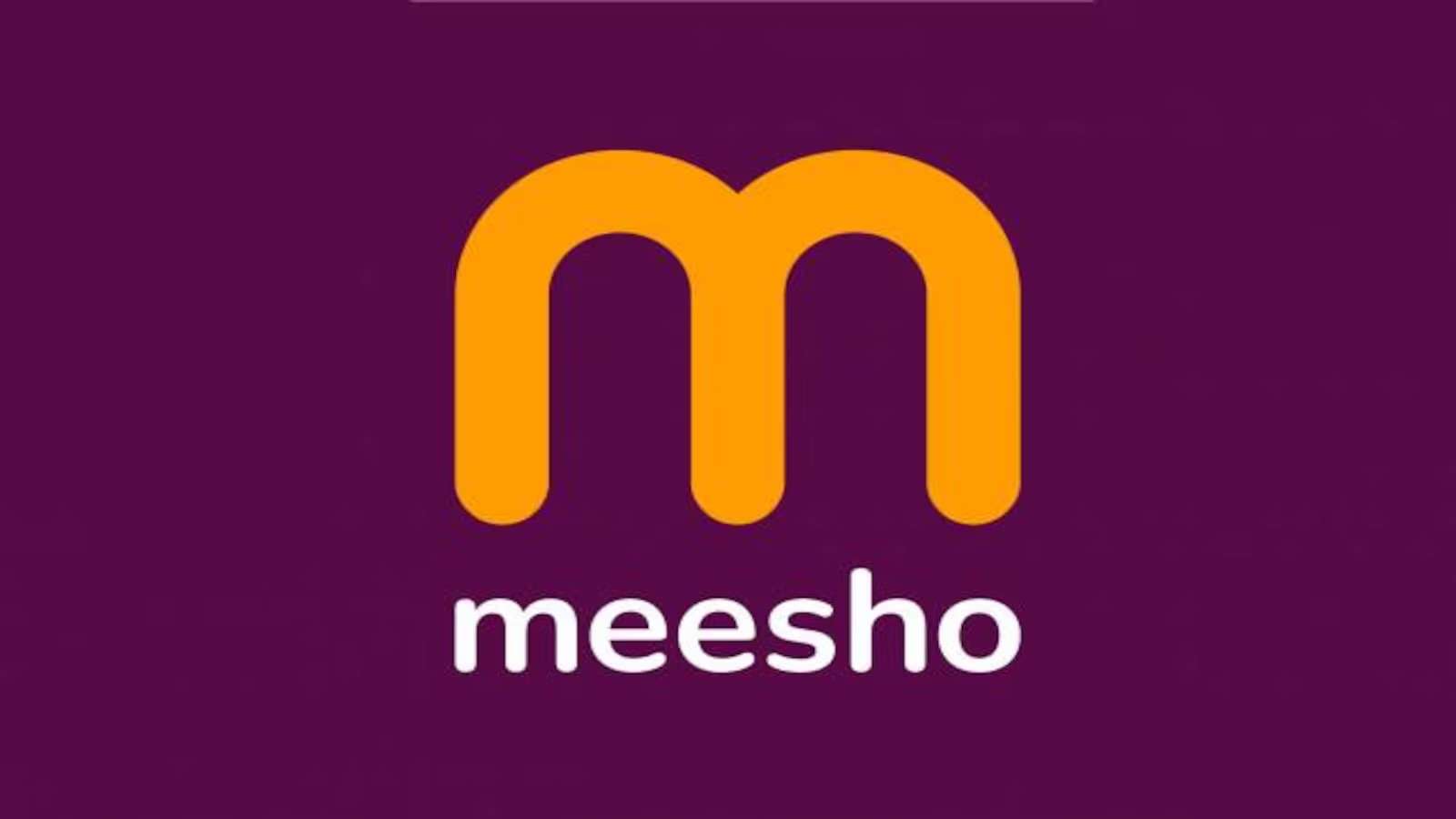
Their taglines look like this: [“Get the best price on every product..”] Meesho–Sahi-sahi lagaya hai!
Meesho operated with the business model of social commerce.What does this mean?
Under this model, the women from small towns and cities acted as resellers. They bought products from Meesho and used WhatsApp and Facebook to sell them in their neighbourhood. This business model is known as B2B2C. Here, the women buy products from Meesho and then sell them to others. This way, resellers could earn a profit using Meesho. Meesho even branded itself as India’s #1 Reseller’s Brand. Soon, Meesho began to face two problems.
- A lot of Meesho customers were only one-time buyers.
- The average order value was just around INR 200.
This curtailed Meesho from earning a profit. That’s why it had to revamp its business model. From B2B2C, it revamped to the B2C model. It’s similar to Amazon and Flipkart and involves selling the products directly to consumers.
So, what problem did Meesho face?
India is home to 30 crore households. But just 1 crore of these households contribute to 50% of all consumption in India. These 1 crore households are located in the top 6 Indian cities. The following 4 crore households are in the top 80-100 cities.
The following 4 crore households are sensitive to prices. They’re cautious with where they spend their money. They part with their money only when they see a great value in the deal. This is where e-commerce businesses struggle.
The other problem they face is a high return rate. It’s the practice where consumers buy the products, try them on, and return them. If a person considers the online fashion industry in the e-commerce market, the return rate is nearly 50%. This means that 50% of people return the products they purchase. Meesho faced two significant problems.
- First, only 1 crore households usually purchase products from the company.
- Second, the next 4 crore households only purchase when the company offers attractive discounts.
These households also contribute to a high return rate. Under these conditions, it’s difficult for e-commerce businesses like Meesho to profit. The companies usually launch themselves to reach more than 100 crores of the Indian population with their products or services. But the reality is grim.
Blume, an Indian venture company, classified the Indian population into three sections. India 1 comprises people who hold most of the nation’s wealth. Most startups aim to target these people.
Let’s take the case of a fintech startup called CRED
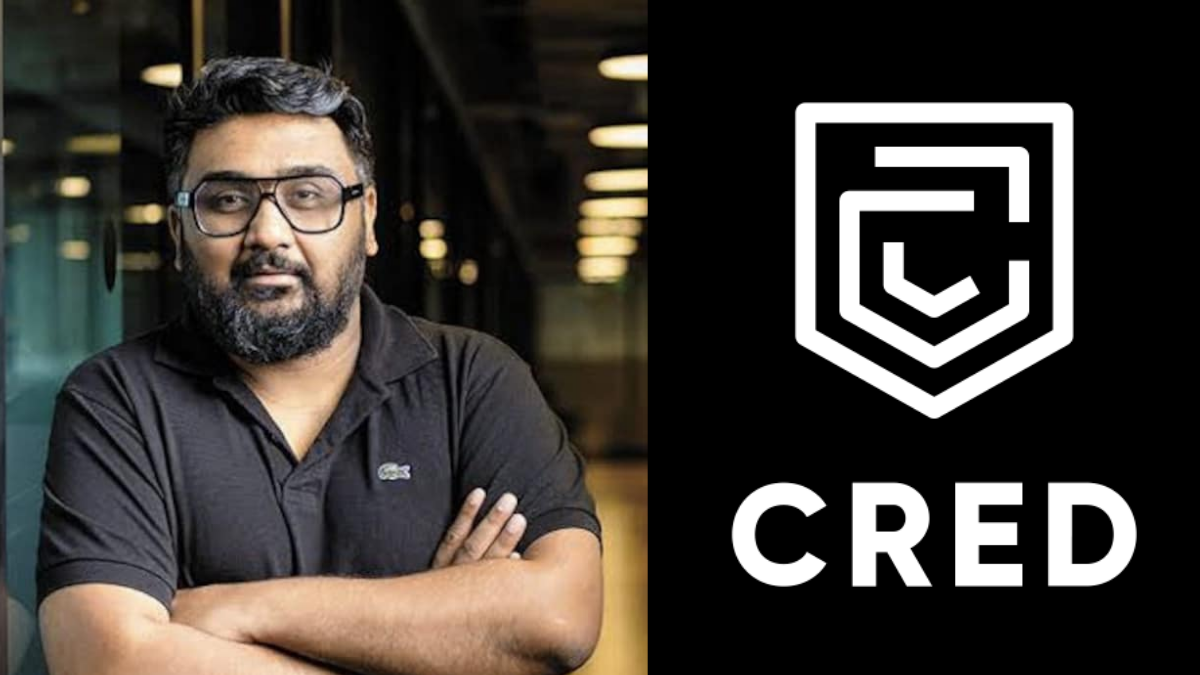
CRED is a credit card management app. Only 5-6% of the Indian population own a credit card. Kunal Shah, the founder of CRED, is well aware of this reality. He has openly expressed that the company doesn’t aim to target the entire Indian population. It aims at targeting a tiny bit of the population that possesses the larger piece of the pie. But some companies aim at targeting India 2 & India 3 along with India 1.
But it’s easier said than done. Author Saif Iqbal wrote that startups must realise that the ‘Bharat’ everyone talks about can’t yield profit. Many companies even have to wrap up their business entirely.
For instance, a Singapore-based e-commerce company called Shopee launched in India. In its 6 months of operation, the company realised the reality of generating profit in India. As a result, Shopee wrapped up its business and left.
Who Is Middle Class?
The major problem is our belief that India has a large middle-class population. Every Indian claims to belong to the middle class, no matter their bank balance. But the definition of the middle is quite different. Research by Devesh Kapoor and Milan Vaishnav showed that 50% of Indians claim to belong to the middle class.
In contrast, an analysis by Pew Research showed that only 2% of the Indian population belongs to the middle class. It was also found that a middle-class household earned INR 22,000-INR 45,000 per year. So, if a family earns between INR 22,000-INR 45,000 per year, it belongs to the middle class. This shows that the Indian middle-class population isn’t as large as it’s believed to be and doesn’t have enough money.
Bibek Debroy, an economist and an ex-advisor to PM Modi, released a report in which he calculated the monthly salary one must receive to break into the group of the top 10% of wealthy Indians. Bibek Debroy said that if a person’s monthly income is more significant than INR 25,000, they belong to the top 10% of wealthy Indians.
This is the grim reality of India. What’s the solution to this?
It’s simple.
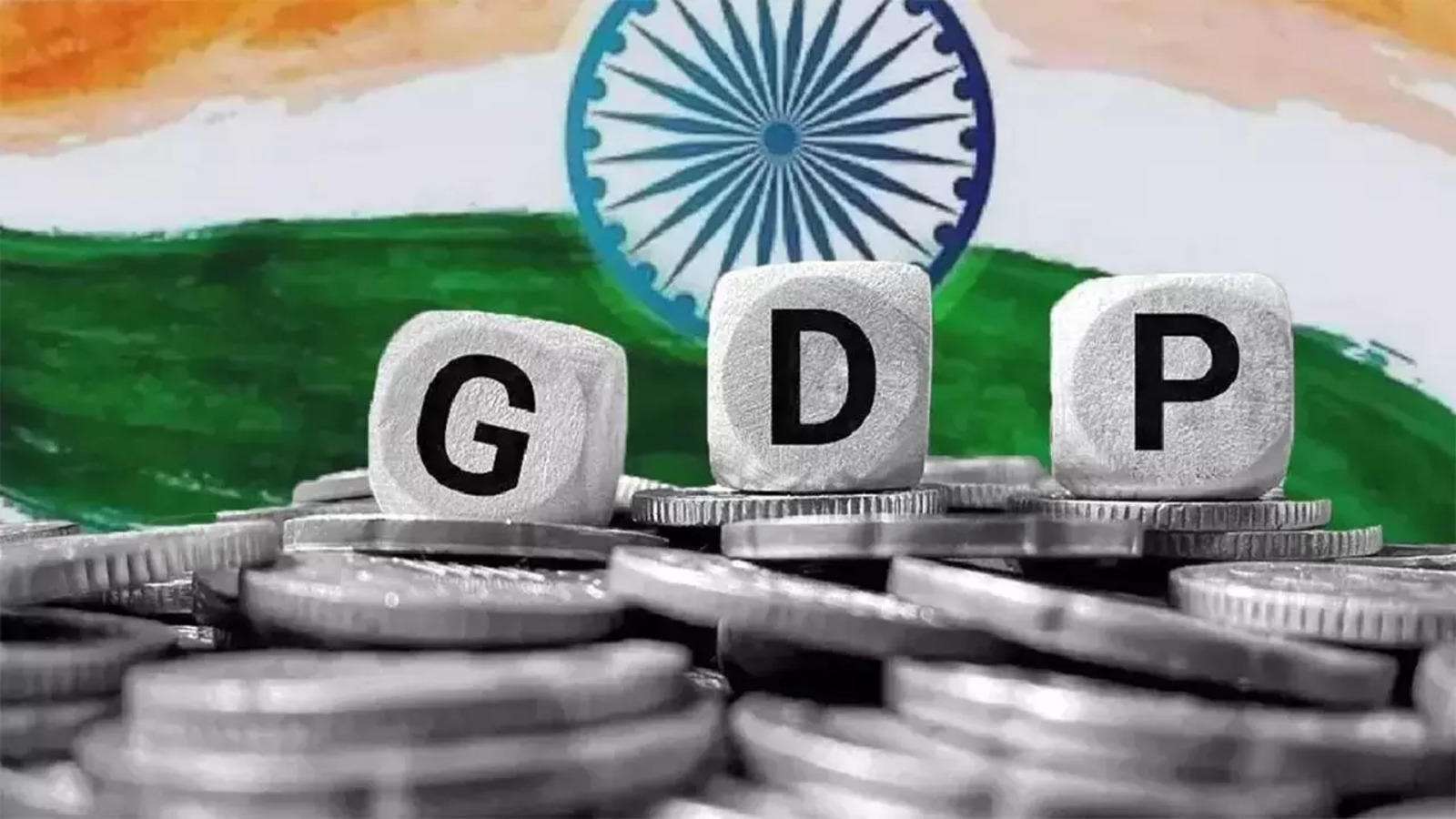
India must aim to improve its GDP per capita. In the 1960s, India and China had a similar GDP per capita. But over the years, China’s GDP per capita soared. Until India witnesses a similar growth level, the country’s middle-class population can’t widen quickly. Many don’t realise that only a few Indians hold the most wealth in India. These people can afford to spend money on online grocery services.
Problems of Overestimation. What is the significant consequence of overestimating the market? The companies end up receiving considerable investment, but they can’t generate adequate profit.
Let’s take the case of Teachmint, an ed-tech company
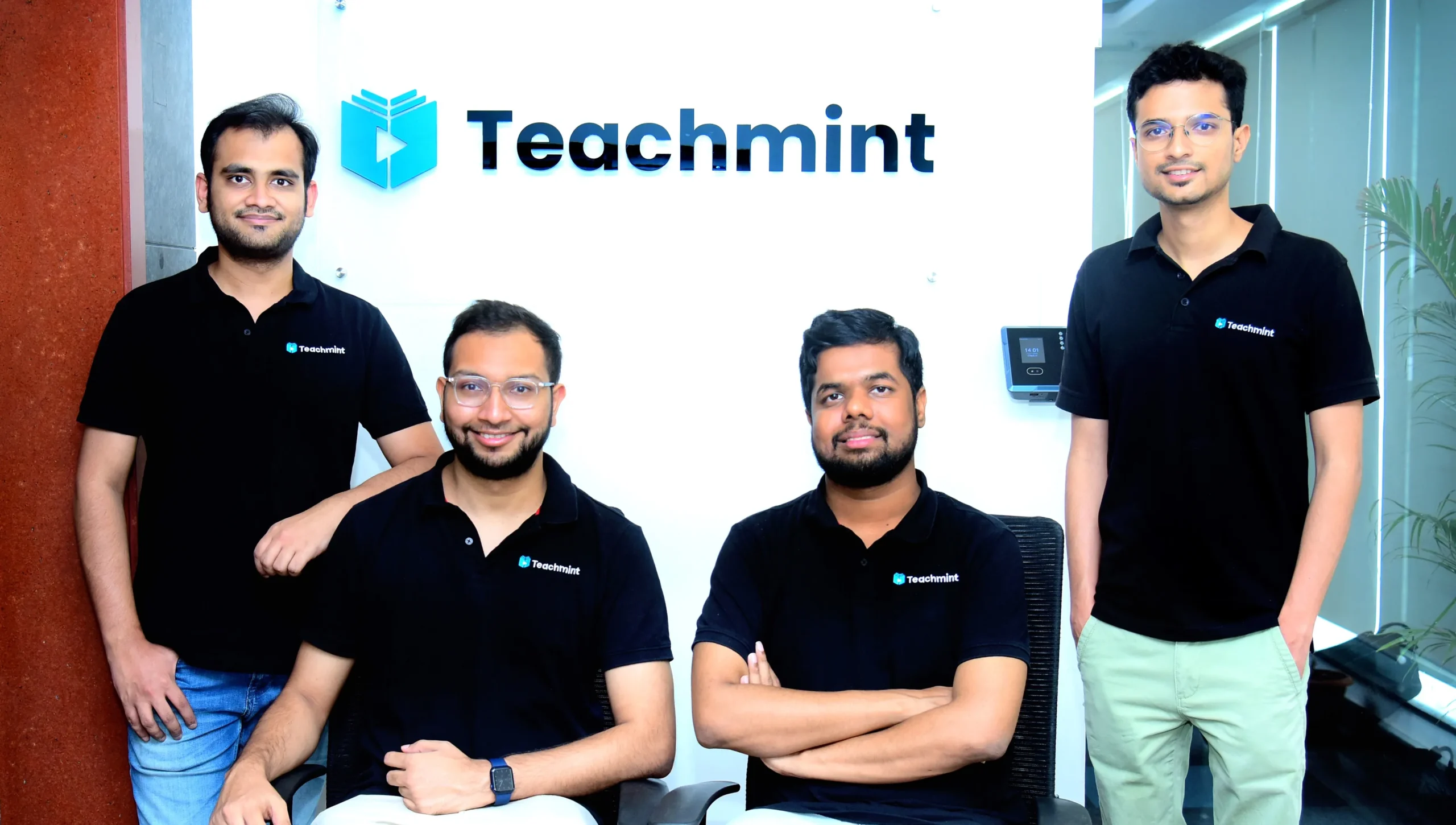
It’s valued at INR 4,000 crores. Guess the revenue Teachmint generated in 2022?
Only INR 80 lakhs! So, a company valued at INR 4,000 crores could only generate revenue of INR 80 lakhs. Now, Teachmint could make up for the loss in the upcoming years. However, by overestimating the market, many companies have to terminate their operations. As stated earlier, Zomato had to discontinue its operation in many Indian cities where it couldn’t generate adequate revenue.
Technical Problems
This is not the only challenge Indian startups face. There are specific technical reasons behind the underperformance of many Indian startups.
Let’s take the case of Big Basket, which was launched as an online grocery delivery company in 2011.
It was acquired by the Tata Group in 2021. Big Basket rolled out the concept of ‘slotted delivery’, where the customers could choose the time slots they wanted their goods delivered. This concept was a success, and it helped Big Basket immensely.

This concept gave the company more freedom in organisational planning. As the delivery time was predetermined, the riders and suppliers could be notified accordingly. But the market changed during the pandemic. Several companies that promised to deliver products within 30 minutes of ordering popped up.
This didn’t require the customers to choose a delivery slot. They could order the product any time and deliver it in 30 minutes. Companies like Swiggy Instamart, Blinkit, Dunzo, and Zepto use this method. Subsequently, Big Basket’s market share dropped from 30% to 50%.
Barrier to Entry
This is what’s called a ‘barrier to entry.’ These conditions make entry of competitors into specific industries and businesses difficult. However, many delivery companies have now realised that delivering products in 30 minutes is challenging. But, companies must ensure that they create barriers for their competitors.
There are several ways of doing this. Take the case of Reliance’s business in the oil refinery sector.
It’s difficult for another company to enter into this sector. It needs to spend crores to build the infrastructure. It will also need to procure specific licences from the governments. This is why Reliance can rest assured of the other companies entering this sector.
There are other methods of creating barriers. For instance, Asian Paints has a market share of 50%.
How did Asian Paints establish its dominance?

In 1970, Asian Paints bought a computer worth INR 8 crore, becoming India’s first private company to own one. Back then, most Indian companies had no clue about computers’ capabilities. But, Asian Paints began to use computers to track its products. Today, Asian Paint has a repository of data spanning 50 years concerning the colour, size, and quantity of paints purchased all over India.
Using this data, Asian Paints can reasonably predict the performance of its products. While most companies spend ~30% of the MRP on the distribution of their products, Asian Paints only spends 3% because it can accurately predict the site and size of the demand. Unfortunately, that’s not the only challenge Indian startups face.
Case Study
A man uses an app to get groceries delivered to his home. After filling its online cart with dairy and other items, he applies a coupon code that slashes 20% off his bill. When this offer is withdrawn, he returns to shopping at his local Kirana store.
This is the typical problem that a lot of Indian grocery startups are facing in India. They have to invest money in marketing and discount offers to attract customers. However, the customers withdraw from the app when the discounts and offers are withdrawn.
LTV/CAC Ratio
The amount of money spent in attracting a customer is called Customer Acquisition Cost or CAC. Marketing is beneficial for a company. However, it’s useful only if the company can generate revenue from the acquired customer. The money a company gets from a particular customer is called that customer’s Lifetime Value (LTV).
Typically, LTV should be three times the CAC. This means that if a company spends INR 100 to acquire a customer through marketing or discount offers, it must ideally generate INR 300 in revenue from the same customer. This ratio for most Indian grocery startups is 1.5.
Let’s take the case of a company called Physicswallah

It’s one of the few Indian ed-tech startups that’s generating profit. The reason behind this is the company’s low-cost marketing. In FY21, while BYJUS spent nearly INR 2,500 crore on marketing, Physicswallah only spent less than INR 1 crore.
This low marketing cost could be attributed to founder Alakh Pandey’s popularity on YouTube. Hence, Physicswallah didn’t have to invest a hefty sum in marketing. It marketed itself organically. And that’s the reason why Physicswallah can generate profit.
Apart from these, Indian startups have been facing another challenge, funding winter, which is difficult to secure funding. The global economy has been experiencing a downtrend. Earlier, American investors were willing to spend billions of dollars on Indian startups due to low interest rates. However, due to the rise in the US interest rate, investors are hesitant to take risks.
Thus, investors are looking to secure a high-return investment in the US rather than make a risky investment in India. Due to these circumstances, it has become challenging for startups to get more funding. This year, startup funding in India plunged to a nine-year low. An investor expressed that most investors are now pressing the startups to generate profit to become self-sufficient. But the Indian startup sector isn’t all gloomy.
Positives
Undoubtedly, the Indian startup ecosystem has developed significantly. Several startups have begun to sponsor IPL. This didn’t always use to be the case. There are some success stories as well.
For example, Zetwerk helps other businesses manufacture products ranging from steep pipes to aircraft engine components.

Another successful startup is Zerodha. Without relying on foreign investment, Zerodha has successfully generated crores in profit. Both the founders and the employees have benefited from this. Moreover, Indian startups have created more job positions.
The startup jobs in the Indian economy are on the rise. Startups aren’t limited to tier-1 cities. They have a foothold in tier-2 and tier-3 cities as well. Government data suggests that nearly 50% of startups originated from tier-2 and tier-3 cities.
In its first season, Shark Tank saw around 100 entrepreneurs from lower-tier cities. For example, Jugadu Kamlesh aspired to solve the farmers’ challenges with pesticides. From the investment from Shark Tank, Kamlesh developed a quicker, lighter, and more automatic product. Companies like Solar Industries and MKU have been manufacturing drones.
A few years back, it may never have imagined that India would manufacture products like these in the future. That’s why it’s pretty optimistic to think about the Indian startup ecosystem. Indian companies have created products that the companies abroad haven’t.
For instance, the Paytm soundbox. It’s a genuinely Indian product. However, the thing to remember is that there is still a need to address some fundamental problems. With a population of 140 crore, not everyone can serve as a consumer of online grocery companies. One must be aware of this reality. When the income of this group of people rises, it’ll enter the country’s middle-class economy. It is when the startups that are valued at crores would actually be able to generate the revenue they promise.


